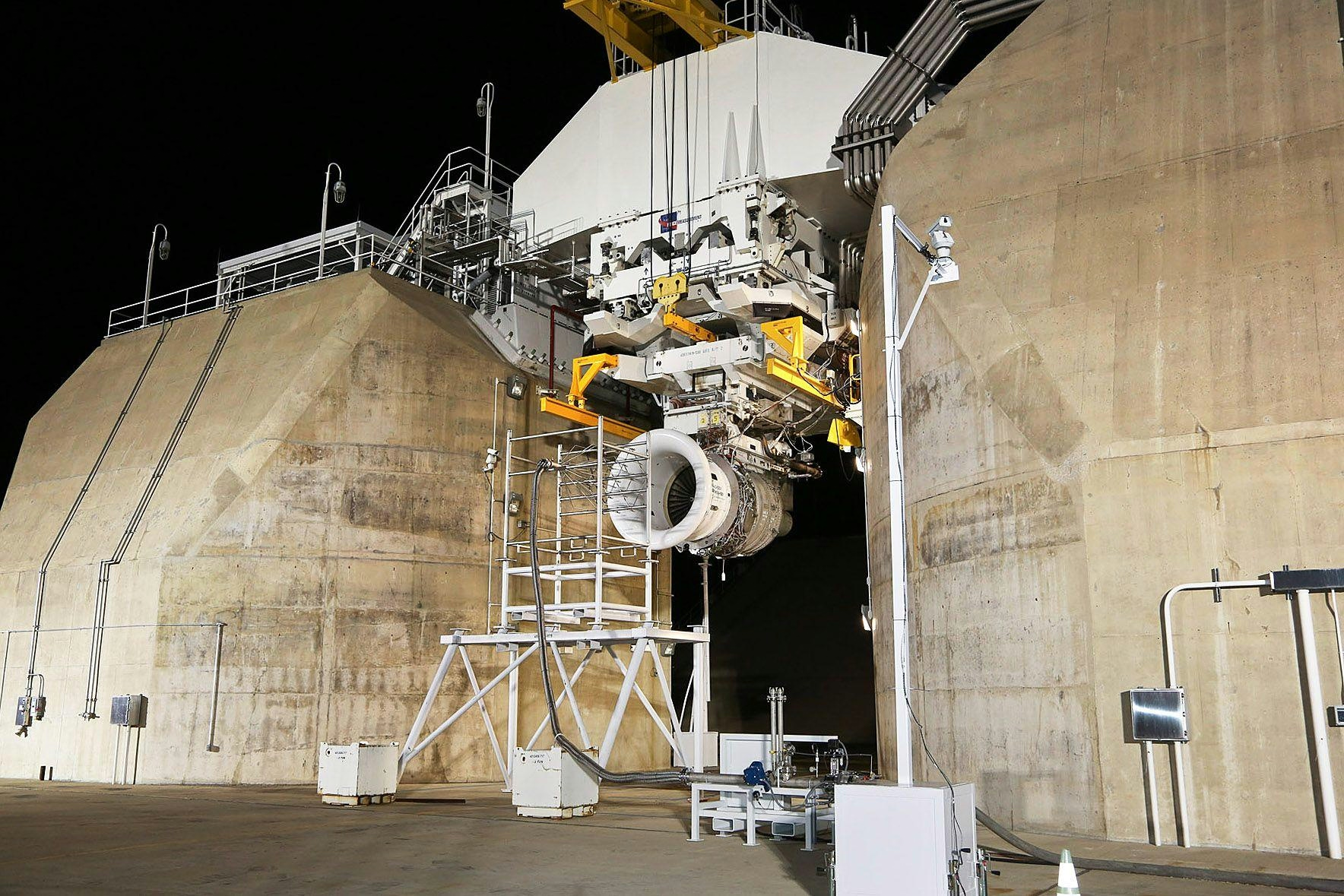
AeroGenie - مساعد الطيار الذكي الخاص بك.
الرائج الآن
Categories
SalamAir Partners with AFI KLM E&M for LEAP-1A Engine Support at Paris Air Show 2025
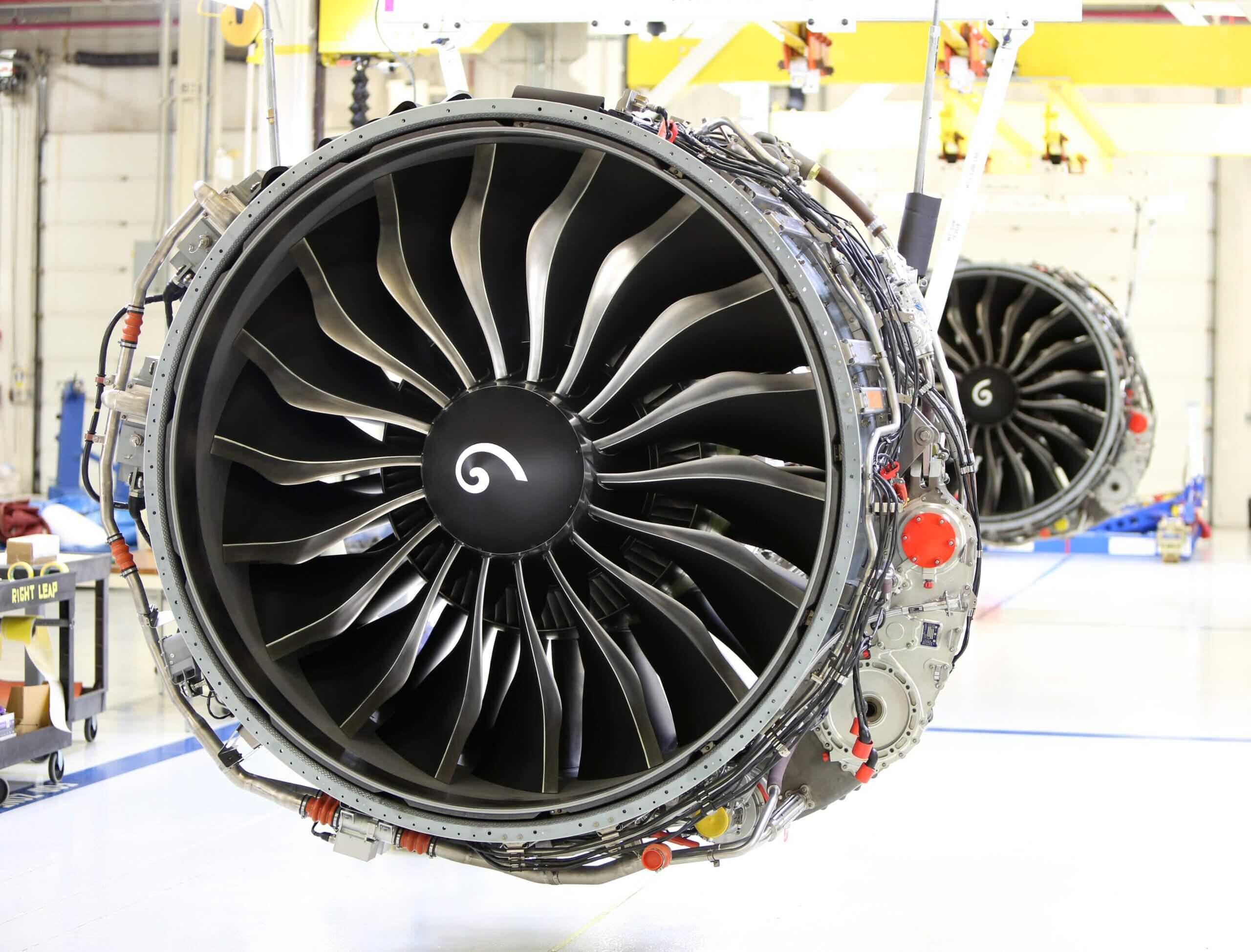
SalamAir and AFI KLM E&M Forge Engine Support Partnership at Paris Air Show 2025
At the Paris Air Show 2025, Air France Industries KLM Engineering & Maintenance (AFI KLM E&M) and Oman’s low-cost carrier SalamAir announced a new agreement focused on LEAP-1A engine support. The contract initiates quick-turn maintenance services for SalamAir’s LEAP-1A engines, starting with three units and set to expand in line with the airline’s fleet growth.
Strategic Collaboration to Support Fleet Expansion
Adrian Hamilton-Manns, Chief Executive of SalamAir, highlighted the significance of the partnership as the airline scales its operations. He emphasized the necessity of a maintenance partner that delivers both technical expertise and operational flexibility. “As we scale up our operations and fleet, we need a maintenance partner that combines technical excellence with flexibility and responsiveness. AFI KLM E&M brings that, and more,” Hamilton-Manns remarked.
From AFI KLM E&M’s perspective, Pierre Teboul, Senior Vice President of Commercial, underscored the trust and value embedded in the agreement. He described the contract as a reflection of the company’s quick-turn maintenance capabilities and its ability to provide tailored solutions for airlines experiencing rapid growth. “This contract is not just a testament to the trust our customers place in us – it demonstrates the unmatched value of our quick-turn expertise and our ability to tailor flexible solutions for rapidly growing airlines,” Teboul stated.
Navigating Industry Challenges Amid Supply Chain Constraints
The timing of this partnership is notable given the ongoing supply chain difficulties affecting the aviation sector, particularly in engine availability. Airbus’s recent challenges in securing sufficient engines for its aircraft have brought these issues into sharp relief. For SalamAir, maintaining operational continuity and ensuring reliable access to spare parts are critical as it expands both its fleet and route network. The collaboration with AFI KLM E&M is expected to mitigate some of these risks, although industry observers will be closely monitoring SalamAir’s ability to sustain service reliability.
Analysts suggest that this development may prompt competitors to enhance their engine support offerings, especially as the market for LEAP engine maintenance grows increasingly competitive. Other maintenance, repair, and overhaul (MRO) providers are likely to respond by offering greater flexibility, faster turnaround times, or more comprehensive support packages to attract LEAP engine operators.
As SalamAir positions itself for future growth, its partnership with AFI KLM E&M represents a strategic move to address both immediate and long-term maintenance requirements while navigating the broader challenges confronting the aviation industry.
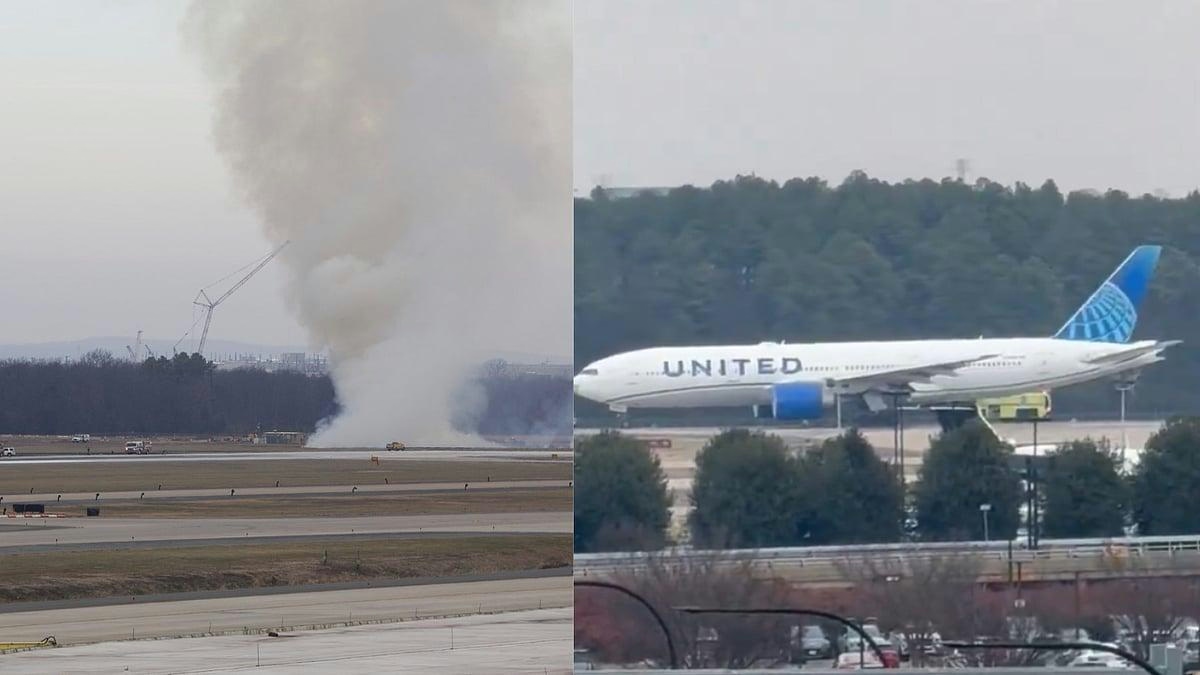
Boeing 777 Engine Failure Reported at Dulles Airport
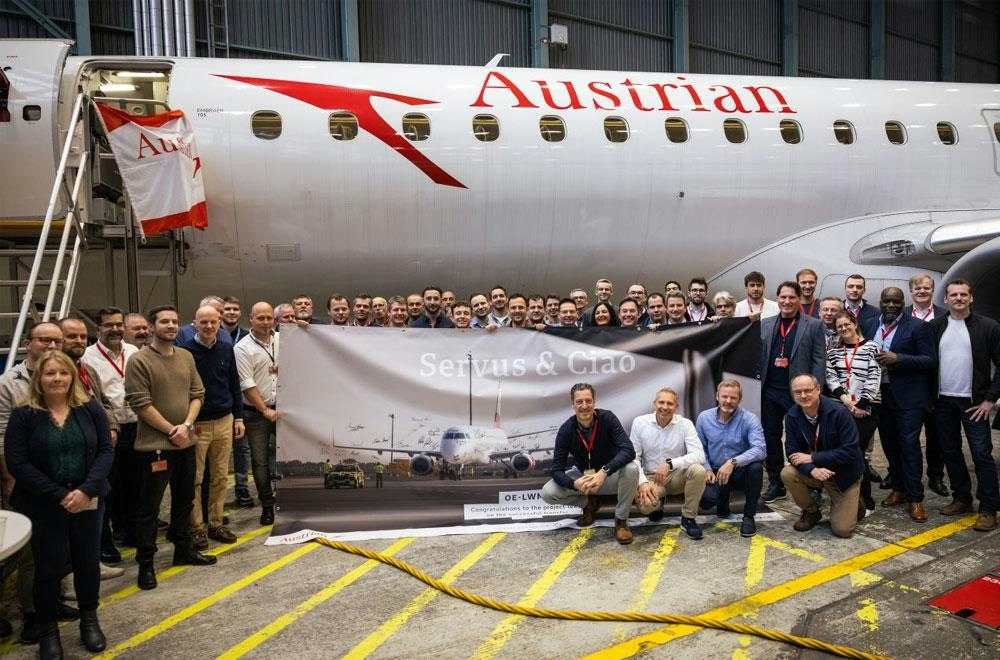
Austrian Airlines Transfers Embraer Fleet to Air Dolomiti

Airbus and Ingenium Open Aerospace Innovation Lab in Ottawa
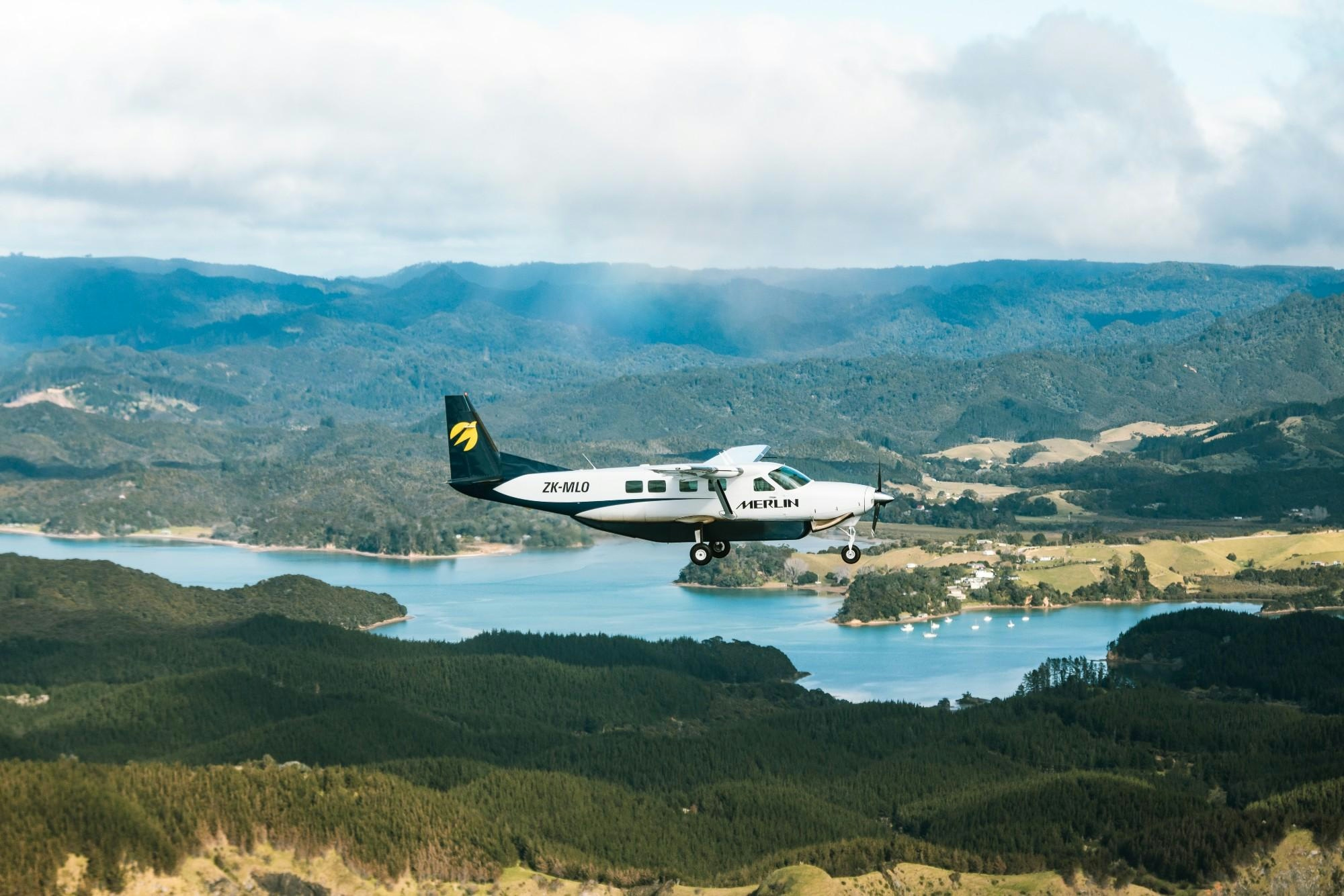
Merlin Labs: AI Aviation Company with SPAC Downside Protection
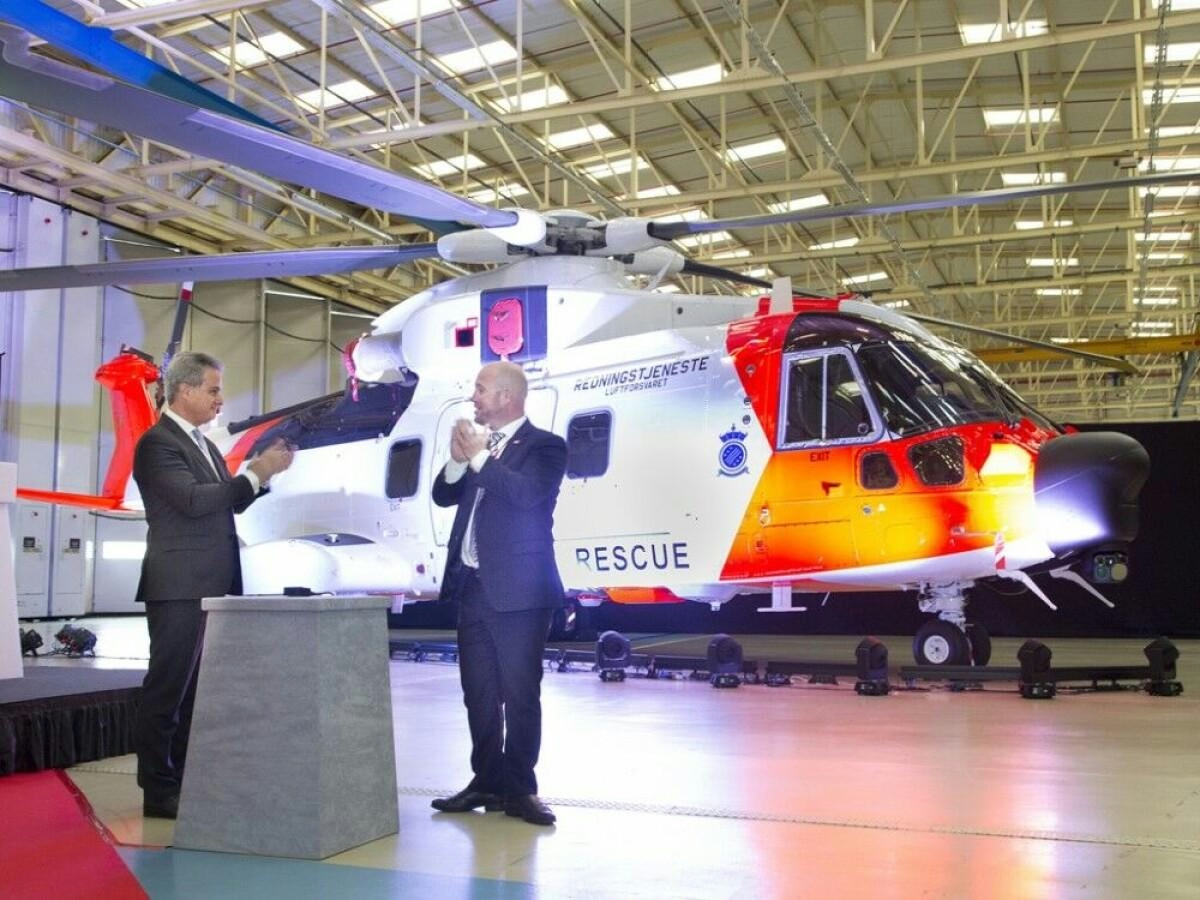
Heli-One Extends AW101 Search and Rescue Support in Norway

Falko Completes First Aircraft Sale in Japan
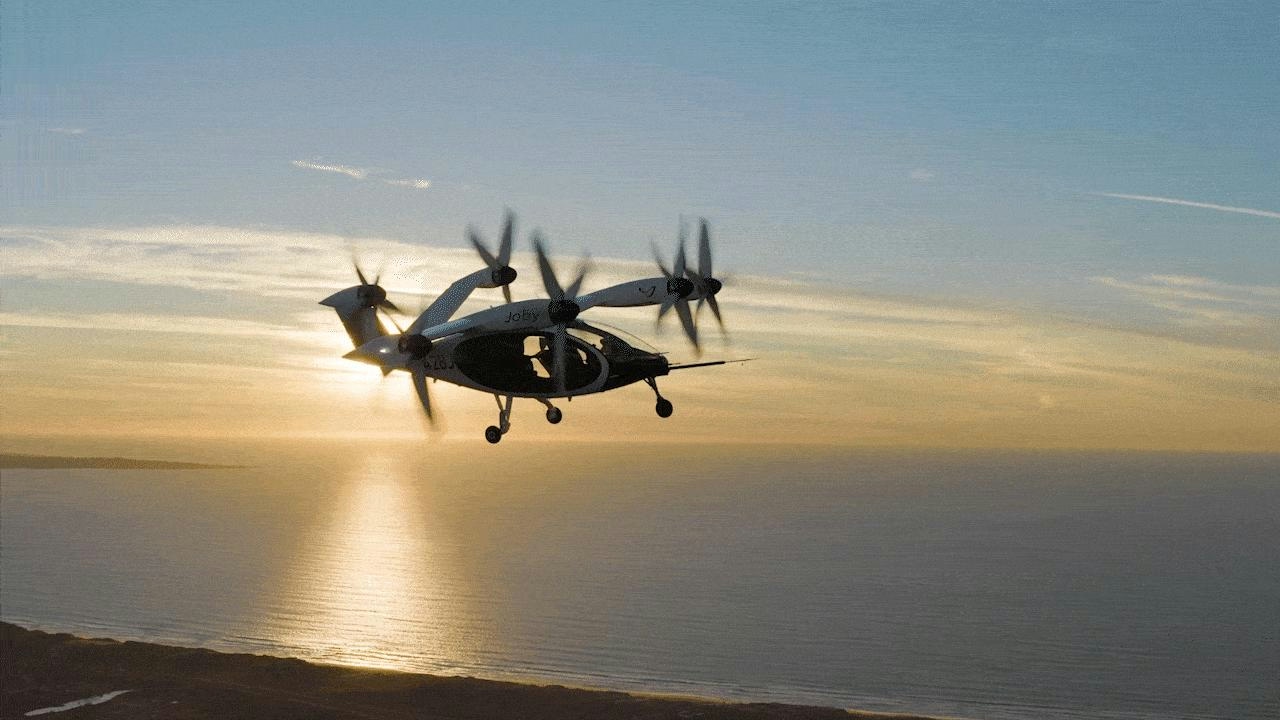
Joby Surpasses 50,000 Air Taxi Miles, Completes Fourth Global Demonstration

SWISS Renews Boeing 777 Component Support Agreement with LHT
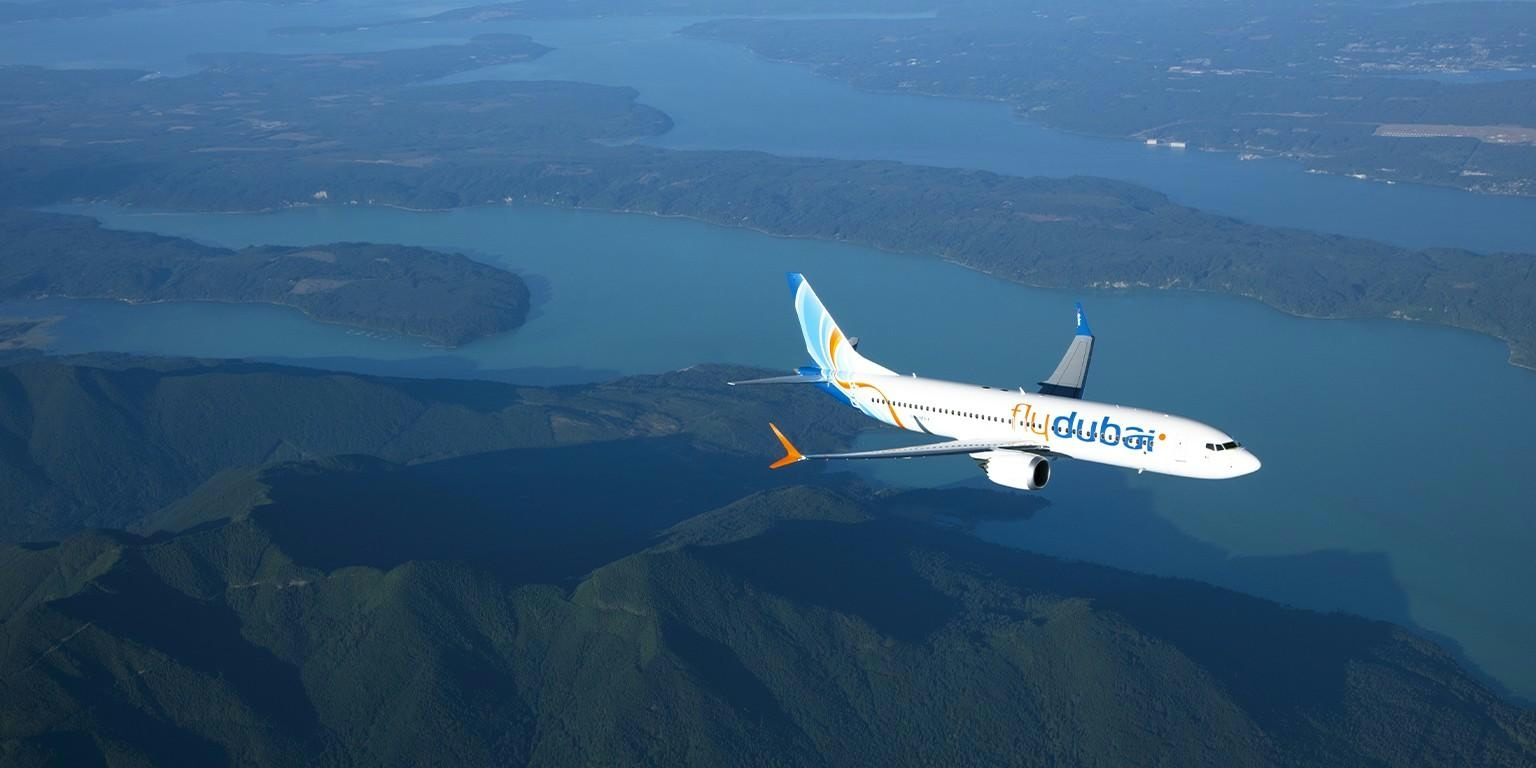
Flydubai Partners with Amazon Web Services to Enhance Digital Operations
